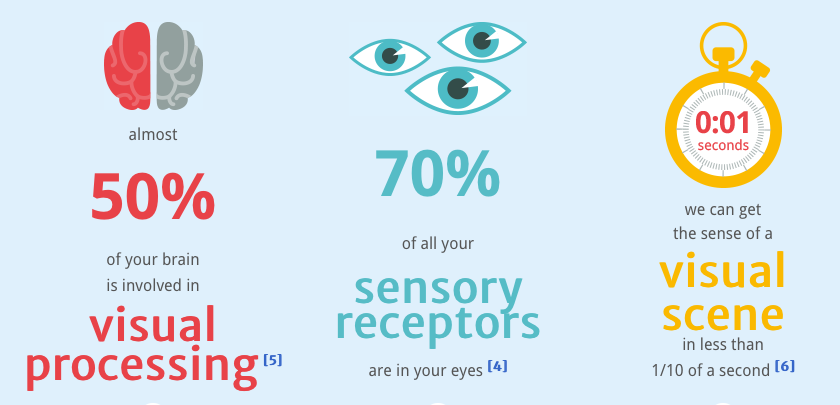Forget Self-Driving Cars. Bring Back the Stick Shift.
March 23, 2019
I was backing my wife’s car out of our driveway when I realized I wasn’t watching the backup camera, nor was I looking out of the rear window. I was only listening for those “audible proximity alerts” — the high-pitched beeps that my car emits as I approach an object while in reverse. The problem was that my wife’s car, an older model, doesn’t offer such beeps.
I had become so reliant on this technology that I had stopped paying attention, a problem with potentially dangerous consequences...
But there’s one feature available on some cars today that can increase a driver’s vigilance instead of diminishing it — the manual transmission.
A car with a stick shift and clutch pedal requires the use of all four limbs, making it difficult to use a cellphone or eat while driving. Lapses in attention are therefore rare, especially in city driving where a driver might shift gears a hundred times during a trip to the grocery store...
March 23, 2019
I was backing my wife’s car out of our driveway when I realized I wasn’t watching the backup camera, nor was I looking out of the rear window. I was only listening for those “audible proximity alerts” — the high-pitched beeps that my car emits as I approach an object while in reverse. The problem was that my wife’s car, an older model, doesn’t offer such beeps.
I had become so reliant on this technology that I had stopped paying attention, a problem with potentially dangerous consequences...
But there’s one feature available on some cars today that can increase a driver’s vigilance instead of diminishing it — the manual transmission.
A car with a stick shift and clutch pedal requires the use of all four limbs, making it difficult to use a cellphone or eat while driving. Lapses in attention are therefore rare, especially in city driving where a driver might shift gears a hundred times during a trip to the grocery store...




